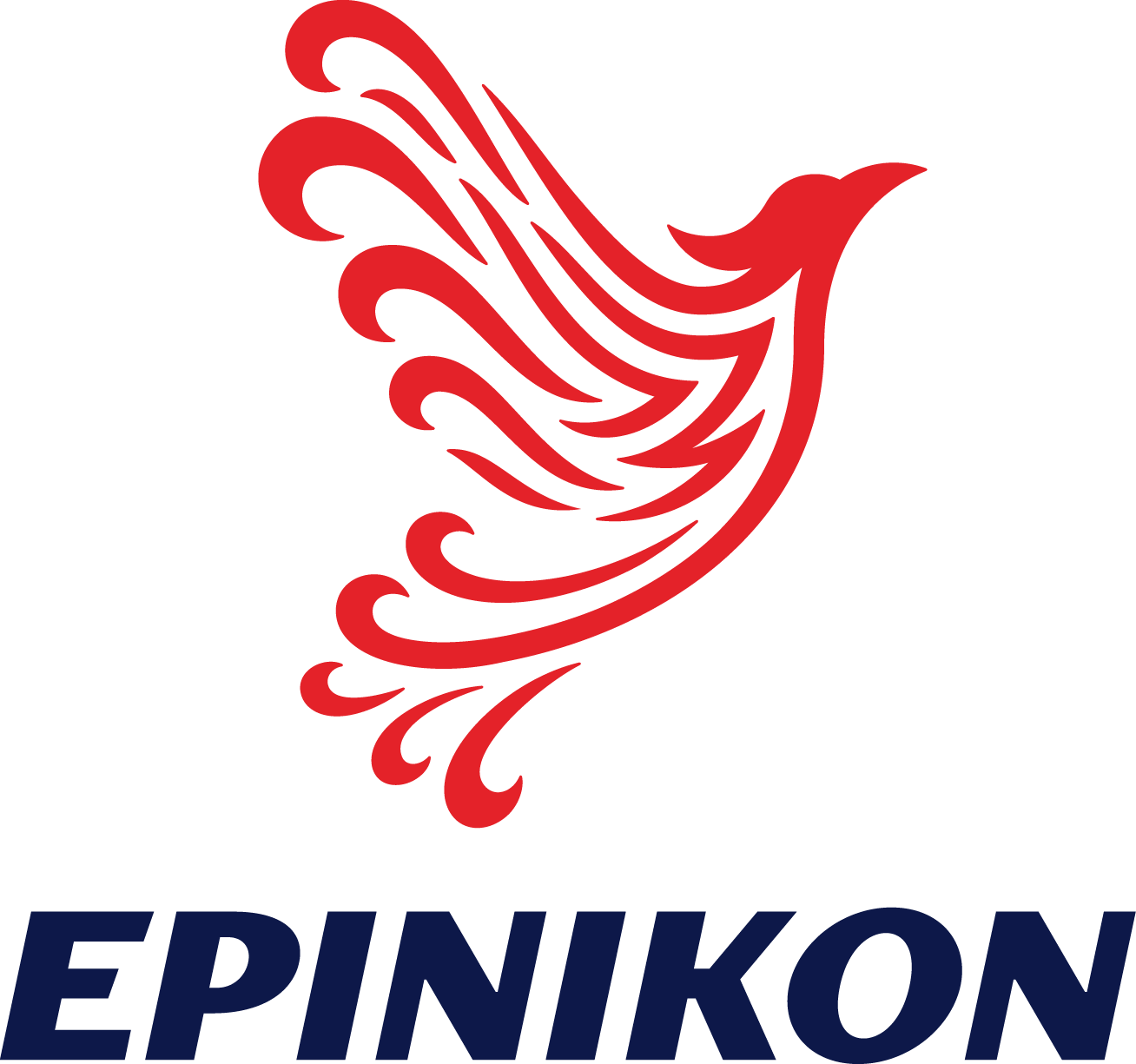Pressed Graphite
Pressed Graphite
We offer graphite pressed by different technologies and supplied according to your drawings or requirements. The main properties include high temperature resistance, resistance to thermal shocks, strength, and machinability. Thanks to these characteristics, pressed graphite finds wide use in industry. Compared to most other materials, the tensile, compressive, and flexural strength of pressed graphite actually increases with temperature—up to 2,700 °C. At higher temperatures, the strength decreases again.
The most common application areas for our products include heat treatment, furnace construction, sintering processes (powder metallurgy), the aerospace industry, non-ferrous metals industry, metallurgy, chemical industry, glass and engineering industries, semiconductor industry and solar energy, and continuous casting (molds).
The basic methods for producing pressed graphite are isostatic pressing, vibration compaction, and die pressing.
We do not supply our products for electrical discharge machining (EDM) applications.
More information
| Unit | LG-3 | LG-100 | LG-200 | LG-250 | |
|---|---|---|---|---|---|
| Average particle size | mm | 0,001 | 1 | 0,9 | 0,8 |
| Density | g/cm³ | 1,8 | 1,67 | 1,72-1,74 | 1,72-1,75 |
| Porosity | % | 11 | 16 | 15 | 15 |
| Hardness | shore | 60 | 40 | 50 | 25 |
| Flexural strength | MPa | 54 | 12 | 14-20 | 15,5-19,5 |
| Compressive strength | MPa | 98 | 28 | 32,0-40,0 | 30,0-33,0 |
| Specific electrical resistivity | µΩcm | 1.250 | 8,5 | 7,5-9 | 8,0-8,5 |
| Thermal conductivity | W/m°C | 128 | 160 | 110 | 119,5 |
The most common types of materials are listed. Please contact us with any specific requirements.

